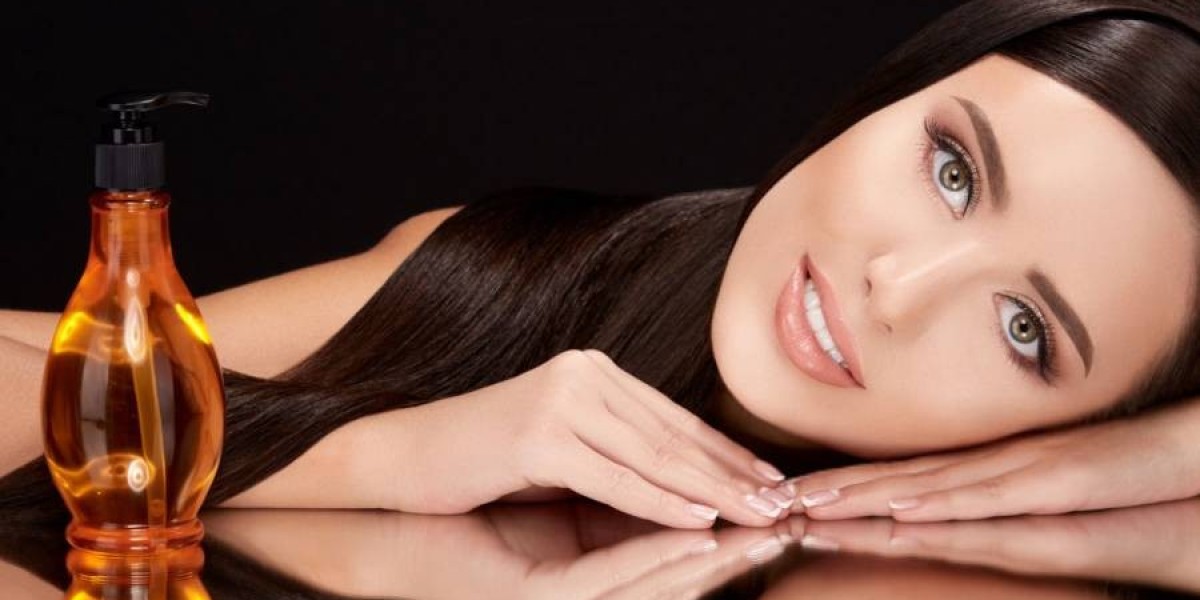At all times, the appearance of hair has been closely linked to a person's attractiveness. Thick, shiny hair often determined whether a person attracted the affection of others. Today, experts assert that besides the aesthetic component, this is primarily an indicator of a person's health. However, sometimes the natural structure of the hair begins to deteriorate, and the volume visibly reduces.
Such symptoms should be a warning sign for anyone: they indicate that there might be an underlying source of pathology in the body. Hair loss today is considered a serious and relevant issue that needs to be addressed. It is important to note that this disorder has several types, so there is no universal treatment for pathological hair loss. By understanding the types of hair loss, one can identify the root cause of the disease and develop a comprehensive treatment plan.
Types of Hair Loss

Different types of hair loss can be classified based on the presence of disruptions in the integrity of the scalp skin. Most types of hair loss adversely affect the integrity and physiology of the hair follicles but generally do not affect the surrounding skin. The only type of hair loss that damages the skin covering of the head is scarring hair loss.
As a result of physical damage to the skin coverings of the head, sensitive hair follicles are filled internally with connective tissue particles, preventing further functioning of the hair follicles. In the best case, this threatens to slow down and weaken hair growth, and in the worst case, their growth stops altogether.
Congenital hair loss is rare because the cause of the disease is due to mutations within human genes. The first symptoms can be described as complete loss or significant thinning of the hair. Genetic pathology specifically affects not only the condition of the hair follicles but often alongside hair loss, other problems such as disruptions in the integrity of nails and teeth can arise. Such a combination of external symptoms significantly facilitates the diagnosis.
Speaking of early hair loss, it usually refers to a disease in young and middle-aged men. In women, the external manifestation of this pathology is less radical and is noted only by thinning of the hair structure. This disease can be attributed to a multifactorial type.
In diagnosing this type of pathology, specialists pay attention to the quality of blood circulation in the scalp, the condition of the gastrointestinal tract, and the nervous system. Hair loss in early age develops in stages, allowing the pathology to be noticed in its initial stages. One of the main signs of early hair loss is the noticeable thinning of the hair, which is visible to the naked eye. The frontal and parietal parts of the head need to be examined especially carefully because hair loss usually begins in these areas.
As a result, normally functioning hair follicles are observed only on the sides of the head, accordingly, hair continues to grow normally only in these areas. Proper treatment includes medications for both external and internal use to better stimulate the work of the hair follicles, as well as various procedures such as intensive scalp massage and physiotherapy. Massage is strongly recommended as an effective method to enhance the flow of blood to the scalp, however, it is very important not to damage the sensitive hair follicles during the process.

Seborrheic type of hair loss causes a lot of concerns for both patients and doctors. This type of hair loss can be characterized as a result of disruptions in the work of the sebaceous glands. The normal functioning of the sebaceous glands is disrupted, leading to excessive filling of the glands with skin sebum. The sebaceous glands near the hair follicle begin to release too much sebum to the hair surface, leading to increased greasiness of the head. Disruptions in the work of the sebaceous glands are noted by redness and flaking of the scalp in the area of irritated hair follicles.
Sometimes doctors combine the seborrheic and diffuse types of hair loss when making a diagnosis, as both diseases have similar symptomatology: uniform and gradual thinning of hair in all areas of the head, weakening, and thinning of the visible part of the locks.
Unlike other types of abnormal hair loss, which have clearly defined areas, seborrheic and diffuse hair loss occurs in all areas of the hair covering of the head. The treatment of this disease involves, apart from eliminating the main source of the disease, also restoring the hair structure over a fairly large area, so the process is usually quite labor-intensive.
Most men are familiar with the type of pathology known as androgenic hair loss. Among the male population, no less than 85% of hair loss cases are identified as this type of pathology. Such a dreadful statistic is linked to the root causes of this type of disease. Androgenic hair loss has a genetic basis and can often be caused by disruptions in hormone production. Hair follicles are very sensitive to the active form of testosterone, so this disease most often affects the male sex.
Women are also prone to this type of disease because androgens are also present in their bodies, albeit in smaller amounts. After menopause, the number of male sex hormones in a woman's body increases, so the risk of hair loss with age becomes more likely. For effective treatment of androgenic hair loss, timely consultation with an endocrinologist is important, as the problem is not only dermatological but also hormonal.
Alopecia areata or spot baldness was named for its specific feature of developing in the form of spots. The symptomatology and external appearance of the disease have a lot in common with fungal infectious diseases, so under no circumstances should one attempt to diagnose oneself. It is not uncommon for spots of hair loss to form not only on the head but also throughout the body, including the areas where eyebrows, beards, and eyelashes grow.
Sometimes, having diagnosed alopecia areata, doctors do not prescribe any therapeutic agents or various procedures. This is because this type of disease has a quite individual character, so hair growth can resume as unexpectedly as it stopped. Among the most likely causes of the pathology, specialists identify persistent stress loads and the body's genetic predisposition to hair loss.
The direction of treatment is always determined exclusively by the diagnosis and the capabilities of the body. Knowing the symptoms and causes of each type of unnatural hair loss gives more chances for recovery.
Causes of Male Hair Loss: Is It Curable?

The causes of male and female hair loss are often quite common. But for the male sex, the problem of hair loss is more relevant due to the peculiarities of male physiology and the nature of inheritance of the baldness gene.
First and foremost, the main and most cruel cause of early hair loss in men is the genetic predisposition to baldness, which is usually inherited through the maternal line. This is the main difference in the root causes of male baldness from female, as women are most often carriers of the baldness gene and are not susceptible to its negative influence. How then is baldness treated knowing it has a genetic origin?
There are two main directions for treating pathology with such a diagnosis: therapeutic therapy and hair transplantation. The former includes the use of shampoos, balms, and ointments for external use, for example, Minoxidil. It improves blood flow to the scalp, and blood brings the necessary microelements and vitamins for the hair follicles. For better results, shampoos and ointments are used together with internally used medications prescribed by a doctor.
Hair transplantation is classified by specialists as a more aggressive and radical method, but it undoubtedly provides better results. Among the downsides of transplantation, one can note the lack of narrow specialists in hair transplantation and the fact that the operation is quite expensive and requires periodic repetitions.
A man who wants to preserve the rich color and thickness of his hair needs to carefully monitor the condition of the nervous, digestive, and endocrine systems. Constant stress, strain on the gastrointestinal tract, and disruptions in hormone production deplete the body, so hair, as an indicator of health status, becomes lifeless.
It is very difficult to argue with the assertion that the best treatment is prevention. To avoid creating additional strain on the body with prolonged and intensive treatment, it is necessary to adhere to a diet, treat all diseases as soon as they arise, give up harmful habits, and devote more time to rest.



